Carbon emissions releases contributes to environmental changes that pose significant health risks for humans. According to the U.S. Environmental Protection Agency, carbon dioxide accounts for more than 80 percent of emitted greenhouse gases.
Benefits of Applying Blockchain to CO2 Emissions
Mitigate Carbon Emissions by Elevating Carbon Trading Efficiency
Blockchain technology offers a suitable system for carbon asset transfers in large locations and heavily inhabited places since it can allow transactions with minimum carbon emissions.
Recording these carbon asset transactions on public blockchains improves their legitimacy, transparency, and accuracy, which helps lower atmospheric carbon emissions.
Enhanced Surveillance and Recording of Greenhouse Gas Emission Reduction Data
The transparency and immutability inherent in Blockchain technology enable effective tracking and monitoring of reports on greenhouse gas emissions, thereby reducing the likelihood of double-counting errors. Moreover, blockchain technology functions as a tool for enforcing and monitoring the progress made by various countries in contributing, either positively or negatively, to climate change on a national scale.
Facilitating Clean Energy Trading
In the carbon trading markets, individuals and companies can offset their adverse carbon emissions by acquiring carbon credits from projects dedicated to reducing or eliminating emissions or actively sequestering carbon from the atmosphere. Organizations can maintain their carbon neutrality status and rating by purchasing carbon credits equivalent to their carbon emissions from verified projects actively working to reduce atmospheric carbon.
Verified emission reductions (VERs), also referred to as offsets, offset credits, or carbon credits, represent certificates from a carbon offset project that undergoes professional evaluation against third-party vetting criteria. Blockchain technology and carbon credits integrations lets companies and projects enhance efforts to mitigate atmospheric carbon emissions through tokenized carbon credits and carbon-neutral blockchains
Climate Finance Flows
Blockchain technology has the potential to assist in financing and supporting the essential call to action for environmental initiatives. Its peer-to-peer platform enables crowdfunding to be directed towards climate action, ensuring transparent distribution of funds to projects.
Carbon Emission Blockchain Solutions in the UAE
Last December, researchers in Abu Dhabi introduced a cutting-edge carbon trading platform that uses blockchain technology to spark global interest in the exchange of carbon tokens. This platform is the brainchild of The Technology Innovation Institute (TII), a division of Abu Dhabi’s Advanced Technology Research Council (ATRC). The goal of the platform is to play a pivotal role in the evolving carbon trading ecosystem with a focus on tokenization.
TII’s platform is designed to facilitate the trading of carbon tokens associated with eco-friendly projects, aligning with the United Arab Emirates’ (UAE) ‘s climate goals. Experts have identified transparent carbon trading as a critical factor in achieving net-zero emissions.
It prioritizes transparency by leveraging blockchain to record carbon emissions from both public and private entities on the blockchain. The trading platform integrates auditors as an additional layer of verification to “establish a chain of trust” for crucial processes.
Final Words
Blockchain is a powerful tool for companies that want to track greenhouse gas emissions closely. Some Abu Dhabi researchers launched a carbon trading platform to increase awareness of carbon tokens. With this development, it will not be surprising to witness more development of blockchain solutions in carbon emission tracking.







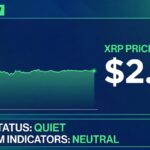












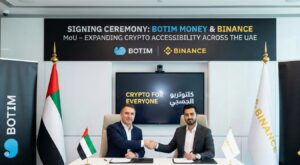

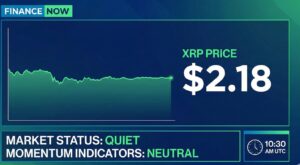
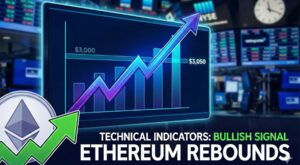
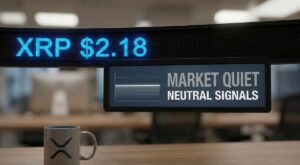

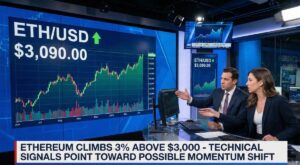
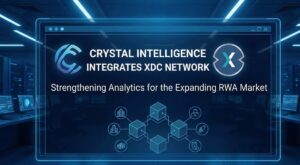
1 thought on “Blockchain Solutions in Carbon Emission Tracking in UAE”
What role does the UAE’s carbon trading platform play in global carbon token exchange?